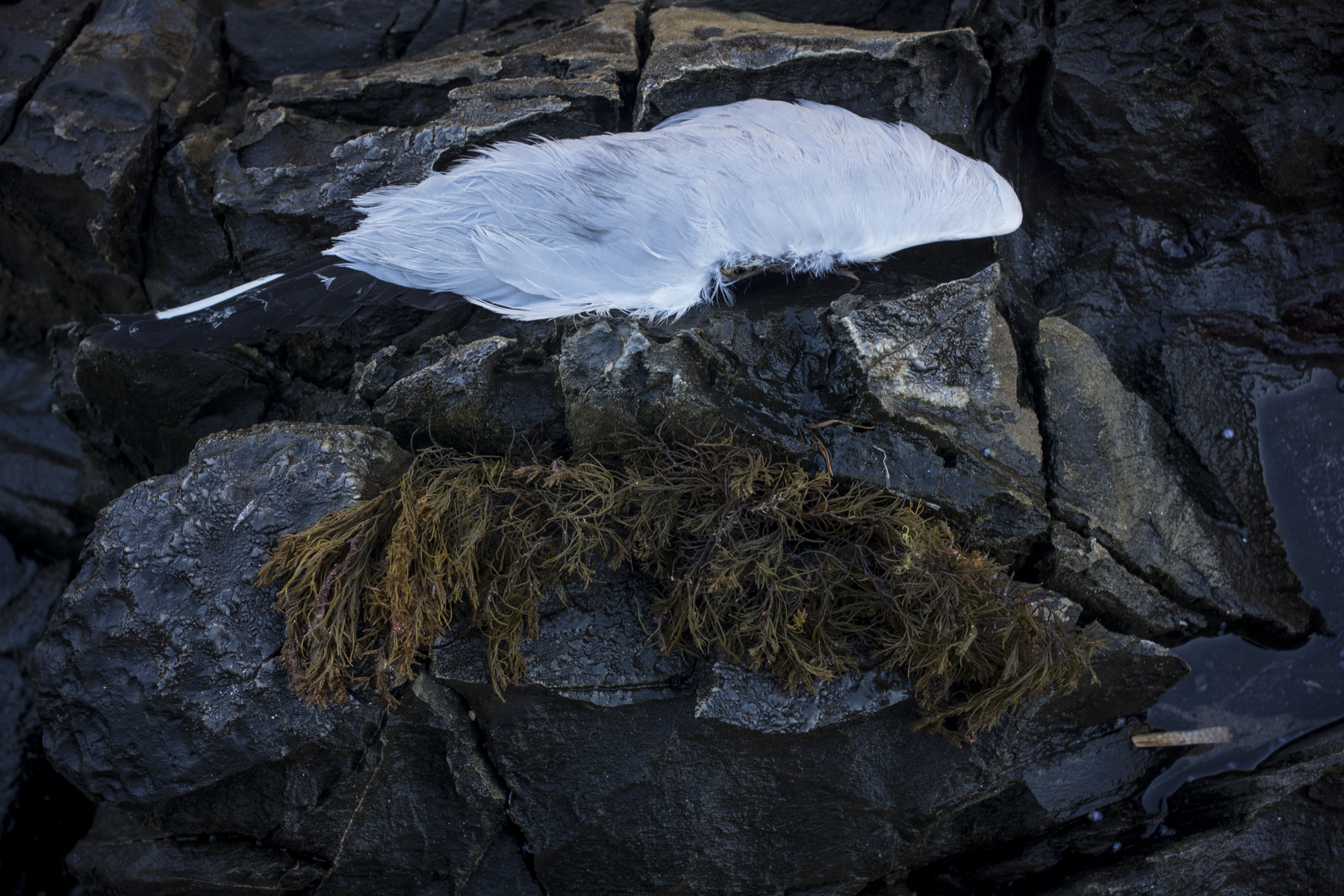I realize that the changes that are slowly taking in the part of the inner city of Adelaide in which I live are an example of the new urbanism. The changes are slow, but there are signs of a reaction to the spreading out of cities, a mixture of work and home emerging, a mixture of classes and a sense of decreasing the dependence on the car.

New Urbanist town planners, developers, architects, and designers try to reduce traffic, eliminate suburban sprawl, and create inner city neighborhoods that resemble an old European village with homes and businesses clustered together.










